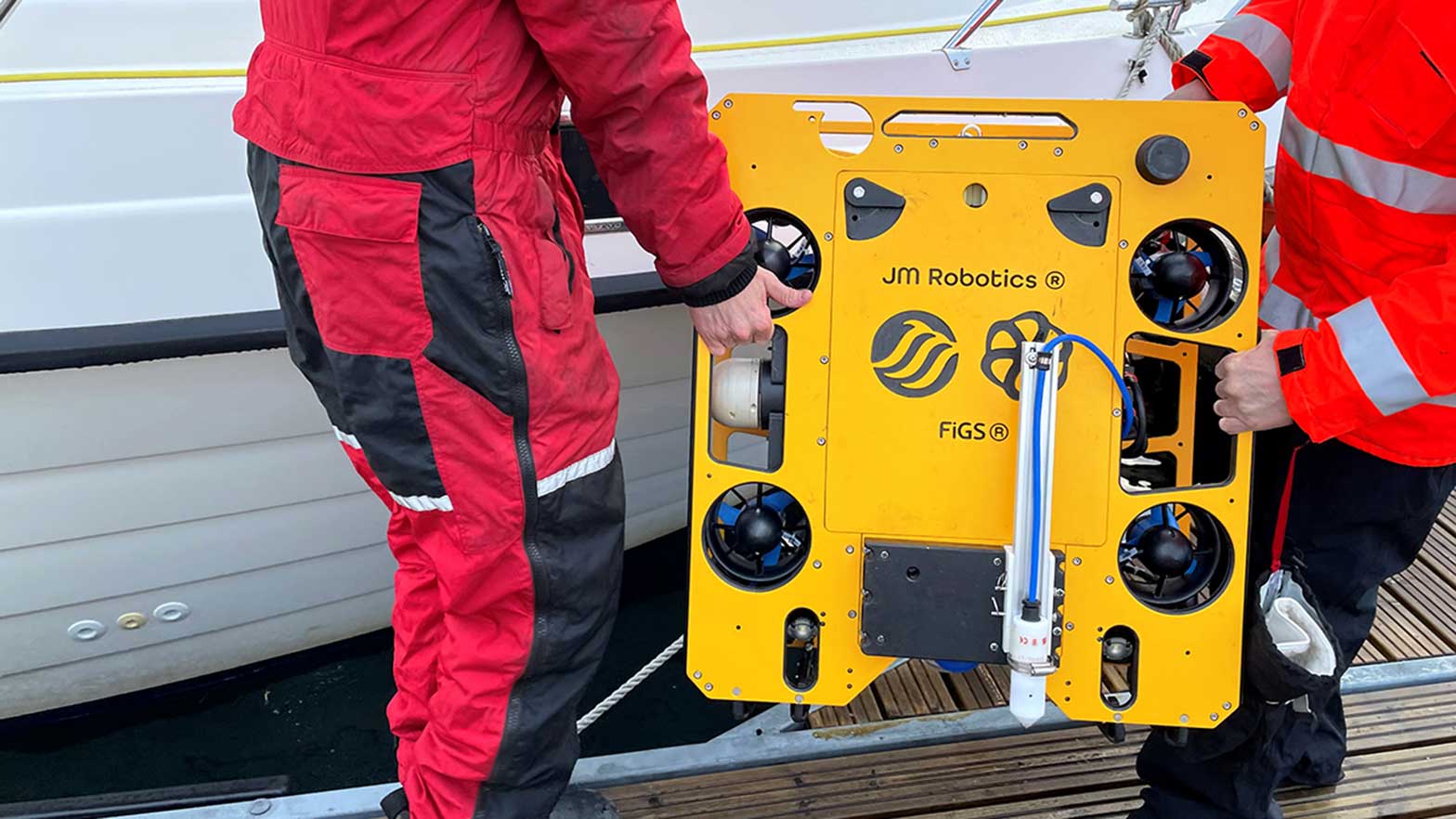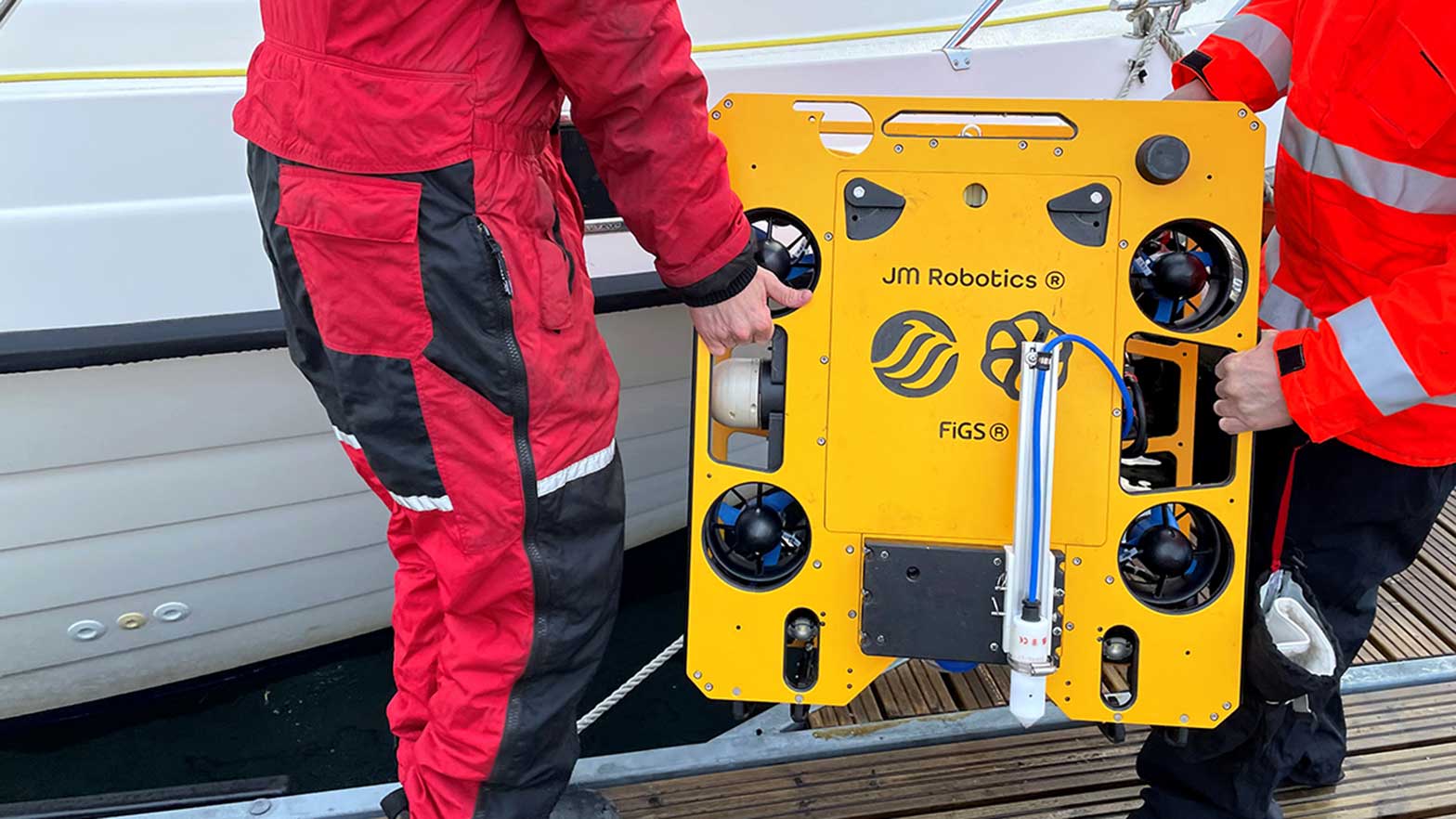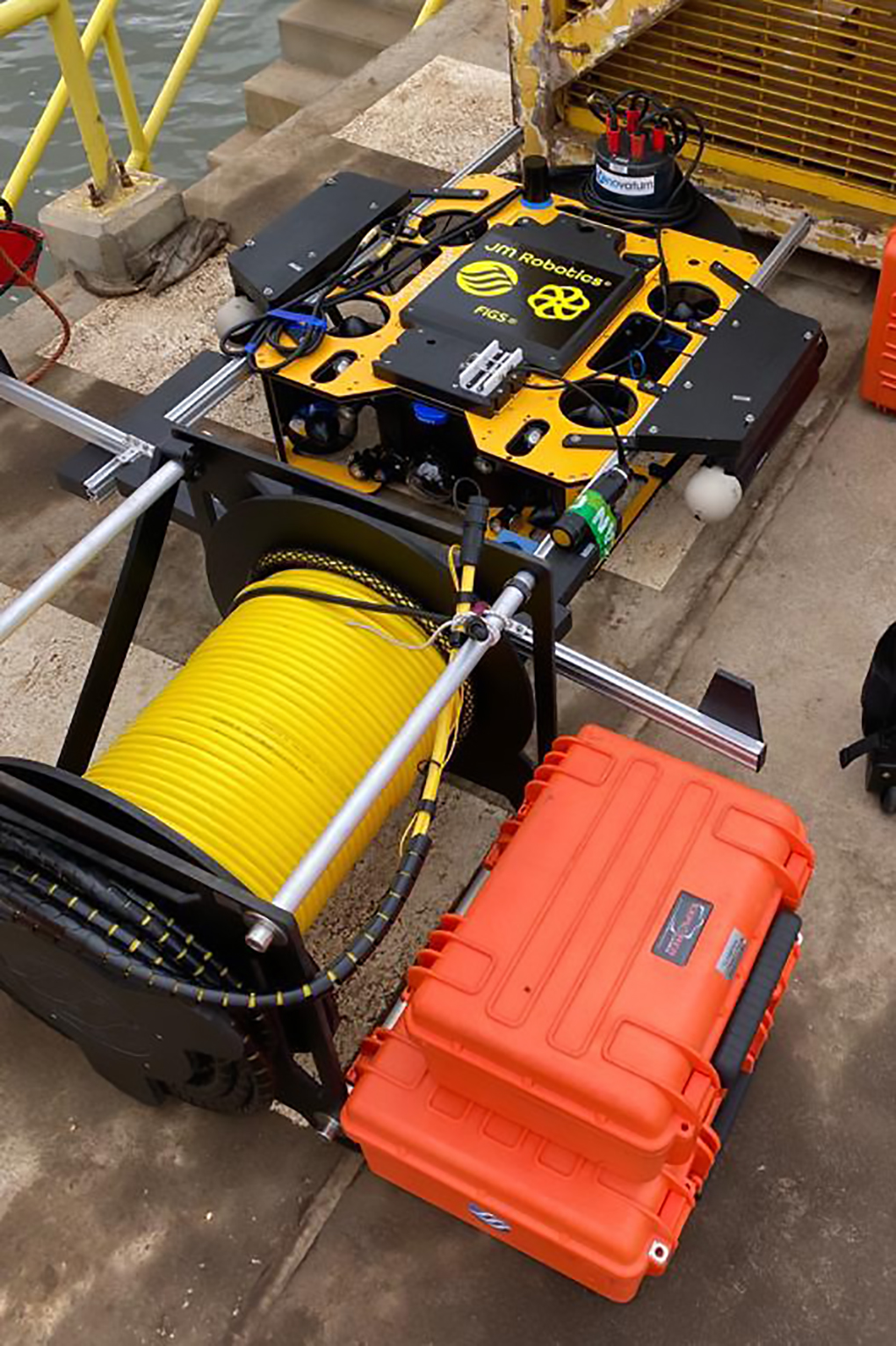
Using the right tool can make work safer and more efficient. That’s the case with Chevron’s newest tool for subsea inspections.
In addition to human divers and large-sized remote-operated vehicles (ROVs), we now have another option: mini ROVs. We’ve teamed up with tech company BeyonC to use mini ROVs that combine a vehicle made by JM Robotics with FiGS® sensor technology made by FORCE Technology.
why it matters
Mini ROV-based inspections allow us to get a thorough and accurate assessment of our assets without sending in divers or a work class ROV, noted Gopal Kothari, who helps deploy technology piloted across Chevron. Using mini ROVs can improve health, safety and environment risk and reduce cost, he said.
“Our highest priority is to protect our employees and the environment and to operate reliably. Mini ROV-based FiGS inspection technology is minimizing high-risk diver-based inspections while delivering quality data at low cost and with high efficiency.”
gopal kothari
technology deployment and adoption manager
We began testing mini ROVs in Angola in 2020. Chevron’s Southern Africa Strategic Business Unit (SASBU) has successfully conducted more than 30 structure surveys with the mini ROVs equipped with FiGS sensors. Plans are in motion to carry out more than 150 structure surveys over the next three years in the region.
what’s new
Chevron has used large ROVs for years. Known as work class ROVs, they can be 20 times larger than the mini ROVs and require a large vessel and a team of up to 10 people for field execution. While they are sometimes the right tool for the job in deep water, they don’t operate well in shallower water. Shallow water inspections were typically carried out by divers.
Mini ROVs, which are smaller than a person, work well in shallow water. A team as small as two people can deploy them from anywhere at any time without a separate vessel. The mini ROVs get power through their tether but can run on batteries for up to six hours.

A team of two can deploy a mini ROV.
cost and performance
Mini ROVs are a cost-effective option, with estimated savings of approximately $130,000 per deployment in SASBU. The cost savings come from minimizing the use of divers, not having a need for a vessel or for additional personnel for vessel-based ROV deployments, as well as from faster inspections.
Mini ROVs can be up to five times faster than their work class counterparts. Because deploying the mini ROVs is so simple, we can launch them as needed. Plus, not having to launch them from a vessel lowers the carbon intensity of using ROVs for inspection.

Source link: https://www.chevron.com/






